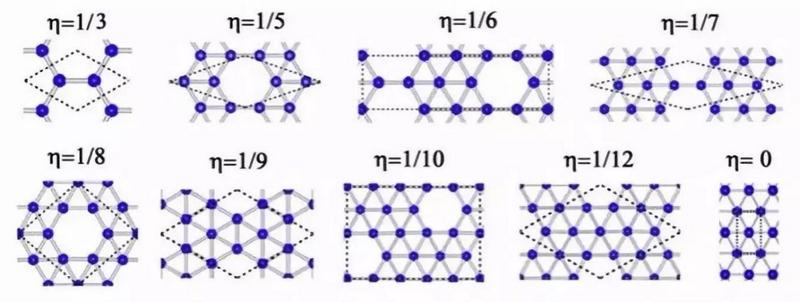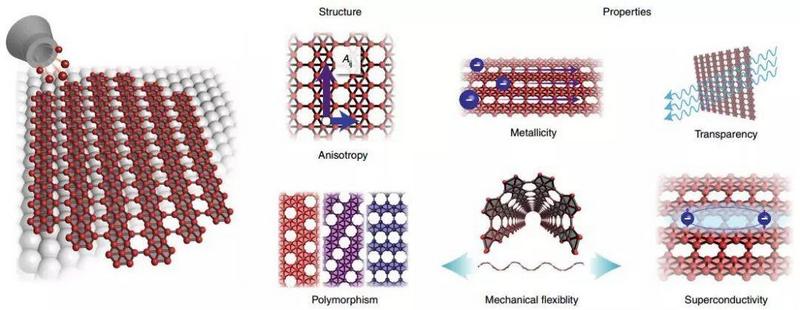The King Of New Materials Is Born! Borene, Which Is Even More Outrageous Than Graphene, Brings These Imaginative Applications
Because of its excellent electrical, mechanical and thermal properties, Borophene is highly expected by the scientific community, and may become another kind of "magic nanomaterials" after graphene.
For much of the past few years, Graphene seemed to be sweeping the science and engineering worlds, hailed as the most disruptive 'king of new materials' and even dubbed the' black gold 'of the materials world. The amazing features and applications that come out of it are eye-opening.
Now scientists have applied the same trick to boron, resulting in Borophene, a boron oxide that looks even more exciting than graphene. The "next generation of super nanomaterials" may be on the horizon, but Borophene is considered to have a broader application potential, revolutionizing energy, sensors, catalysts and many other fields.
The new material, which also works as a two-dimensional material, is stronger, more flexible, lighter and more chemically reactive than graphene.

But it wasn't until 2015 that anyone was able to synthesize it using chemical vapor deposition and use it in a variety of products. In December 2015, scientists from Argonne National Laboratory, Nankai University in China, Stony Brook University in New York, and Northwestern University created the first two-dimensional material made of boron in an ultra-high vacuum. Since then, more and more laboratories have made great progress in synthesizing borene with a thickness of one atom.
Since the synthesis of boron oxidation, chemists have been eager to describe its properties. The potential for specific arrangements to produce different properties is one reason chemists are so excited.
New research shows that layers of single atoms called boron are more powerful and flexible than graphene and could revolutionize fields such as sensors, batteries and catalytic chemistry.
Electrochemists think borosilane could be the anode material for a new generation of more powerful lithium-ion batteries. Physicists are testing its ability as a sensor to detect many types of atoms and molecules.
